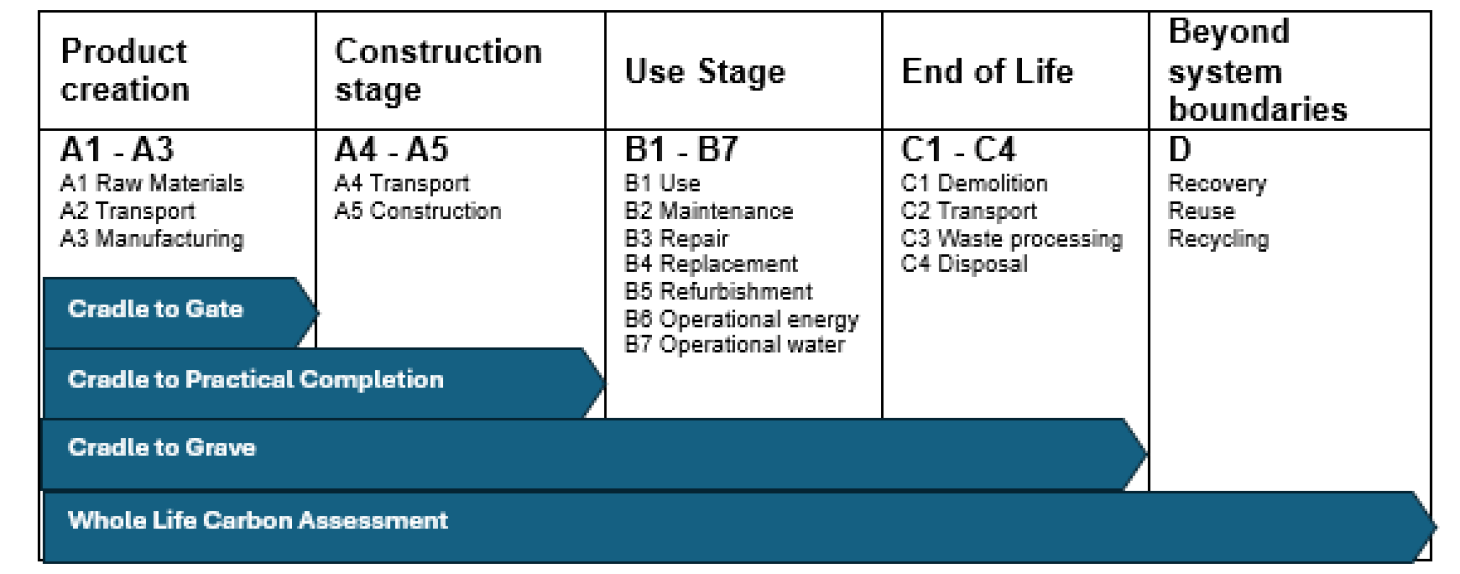What is an EPD?
An Environmental Product Declaration is a document that details the environmental performance of a product over its lifetime. EPDs support the drive to reduce embodied carbon in the built environment by providing the basis for comparing entire building solutions so the most sustainable option can be selected. EPDs are independently verified and follow standardised methodology.
H+H EPDs
The EPDs for our products are whole life cycle, or ‘cradle-to-grave’ EPDs to give a full transparent picture of their environmental impact. They have been produced in accordance with EN 15804+A2 and ISO 14025 / ISO 21930.
Comparing EPDS
EPDs can prove useful for comparing the carbon impact of different products however, it pays to take great care over the figures used. The comparison of products is defined by the contribution they make to the environmental performance of a building, therefore the complete lifecycle must be considered. Areas to pay close attention to include:
- Declared unit
This won’t necessarily be the same measurement for all products. H+H EPDs are based on one cubic metre of aircrete.
- Global Warming Potential (GWP) Total figure
The Global Warming Potential (GWP) is reported for every relevant stage of a products lifecycle (expressed as the equivalent impact in kg of CO2 (kg CO2e)).

Comparing products for structural walls
All construction products must declare GWP-total figures for stages A1-A3, C1-C4 and D as a minimum.
The H+H EPDs report the whole life figures and include Construction Stages A4-A5 and Use Stages B1-B7. When comparing different EPDs, it is important, for a true comparison, to review which A1-C4 fields have been included in any summary or headline figure. For example, are the impacts of transport and installation (A4-A5) included? Are there any implications for maintenance, repair or replacement during the in-use stage (B1-B7) which have been omitted?
It is particularly relevant where only cradle-to-gate (A1-A3) or cradle to practical completion (A1-A5) figures (sometime referred to up front carbon) are quoted in literature as these figures do not reflect the whole life cycle of the product or its true contribution to the environmental performance of the building. Whole Life Carbon Assessments should be carried out in accordance with the RICS Whole Life Carbon Assessment (WLCA) for the Built Environment Standard which requires that any biogenic (or sequestered) carbon which is included in the up-front stage must also be accounted for at the End of Life stage where most of the sequestered carbon is released.
